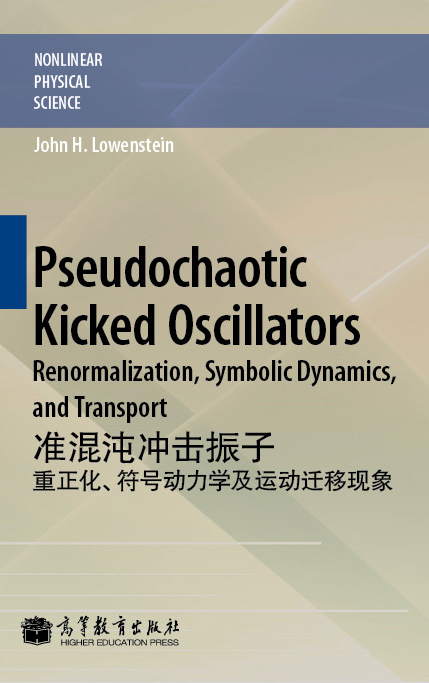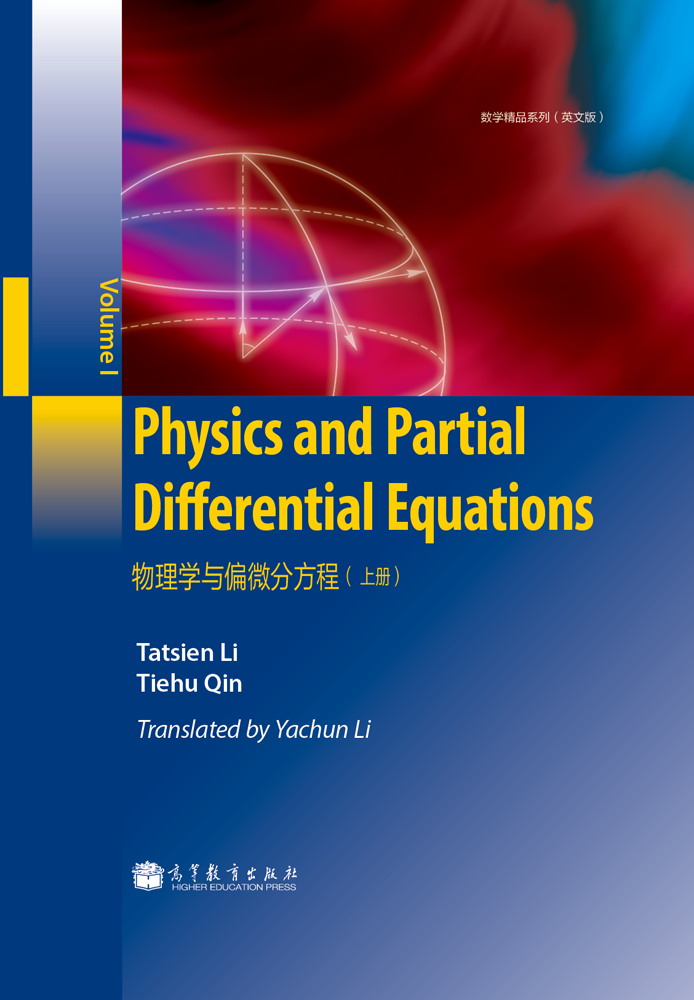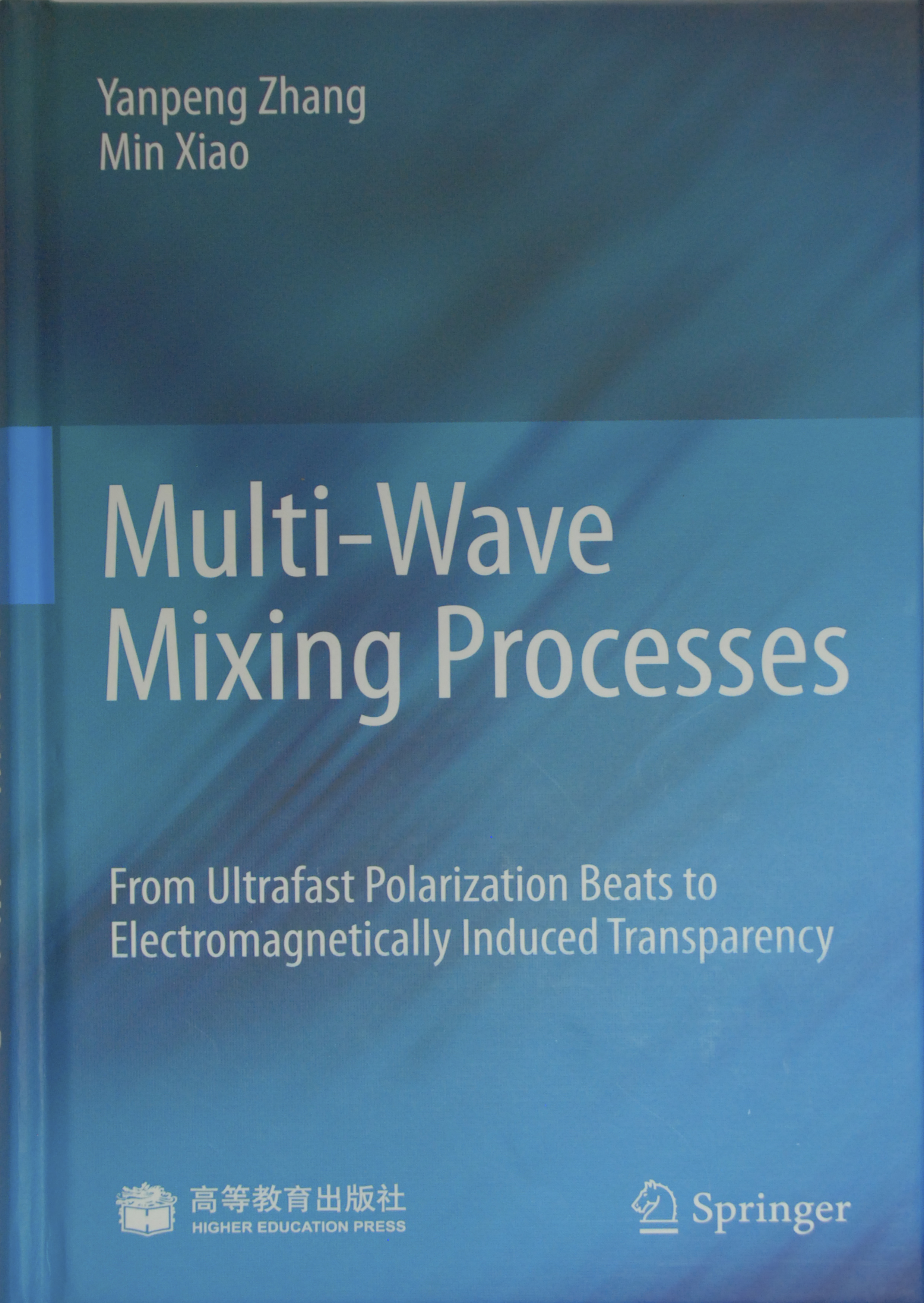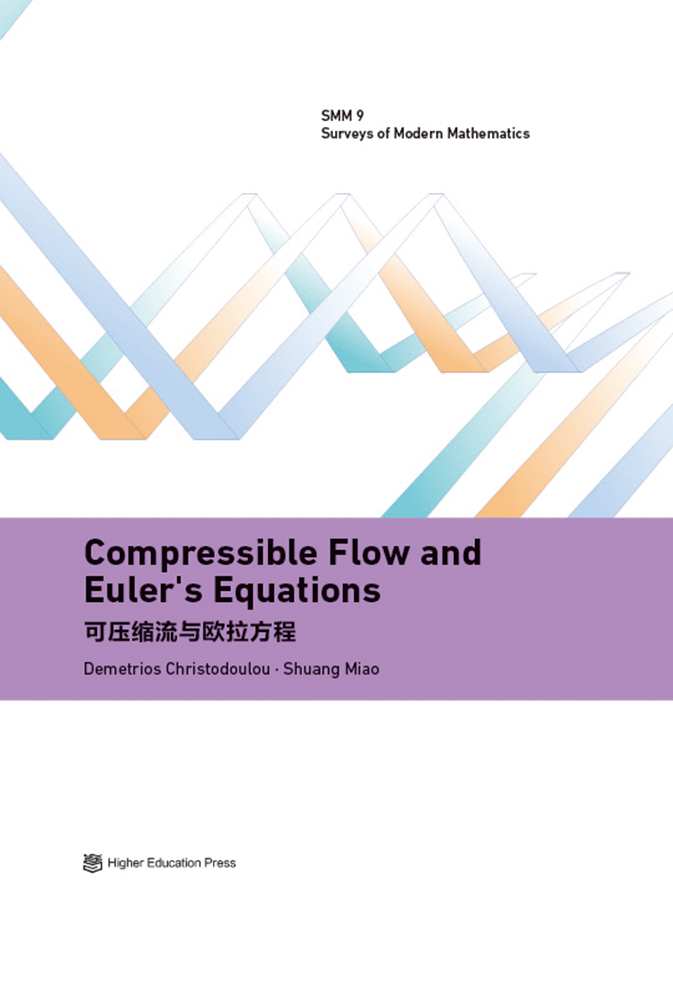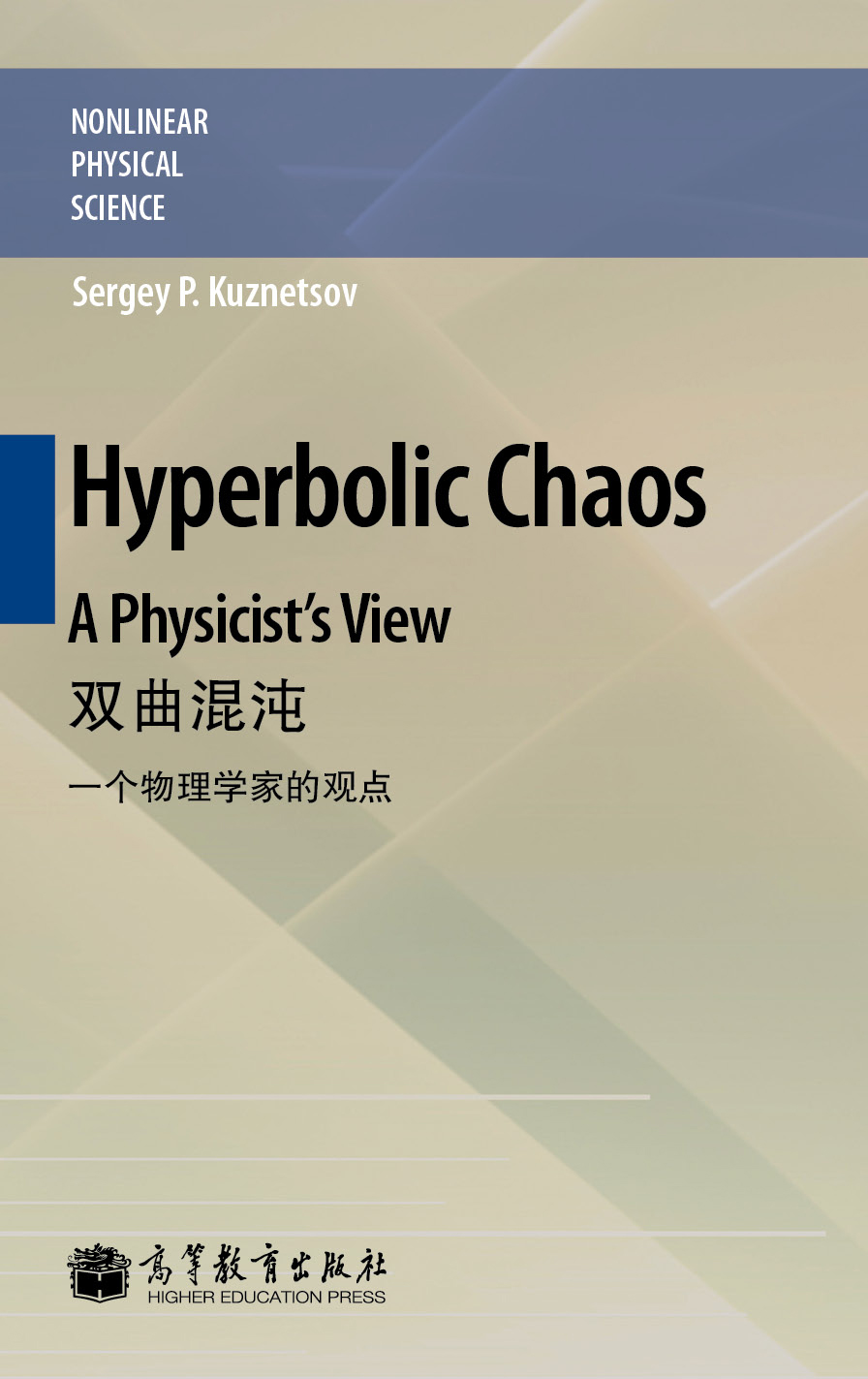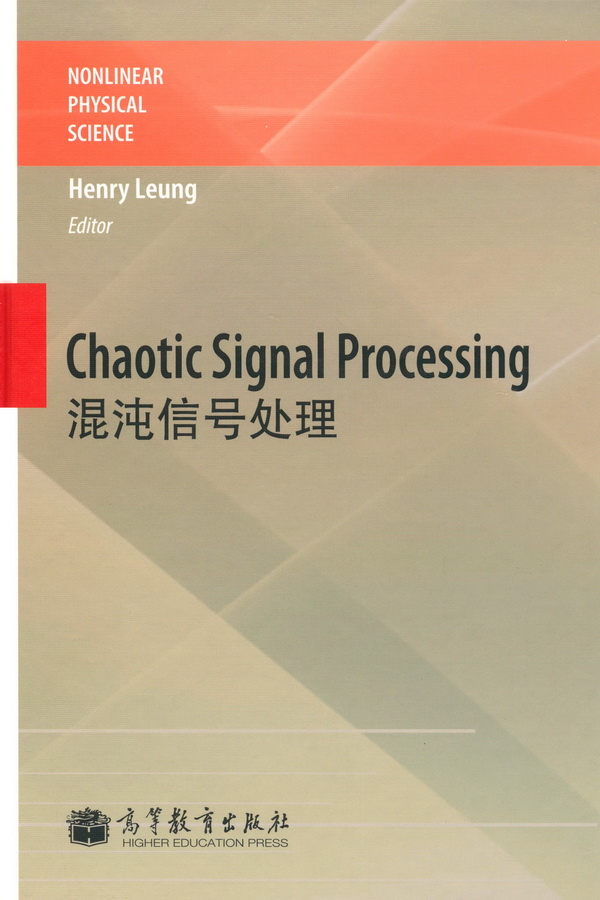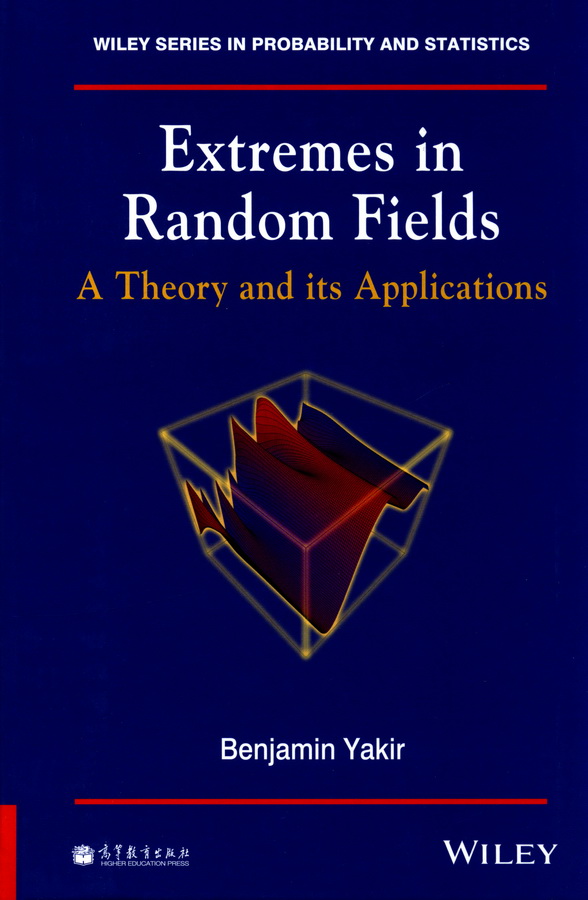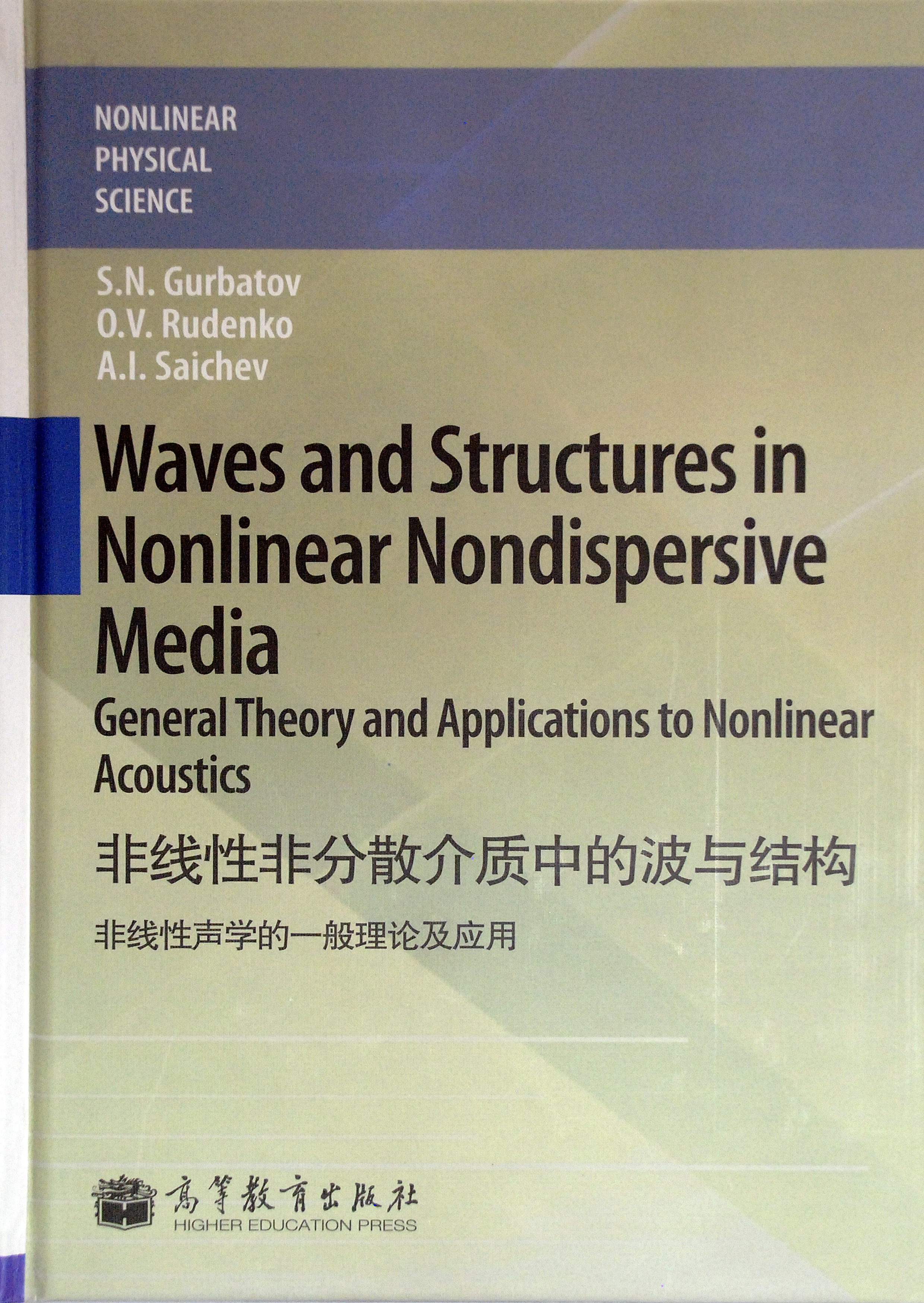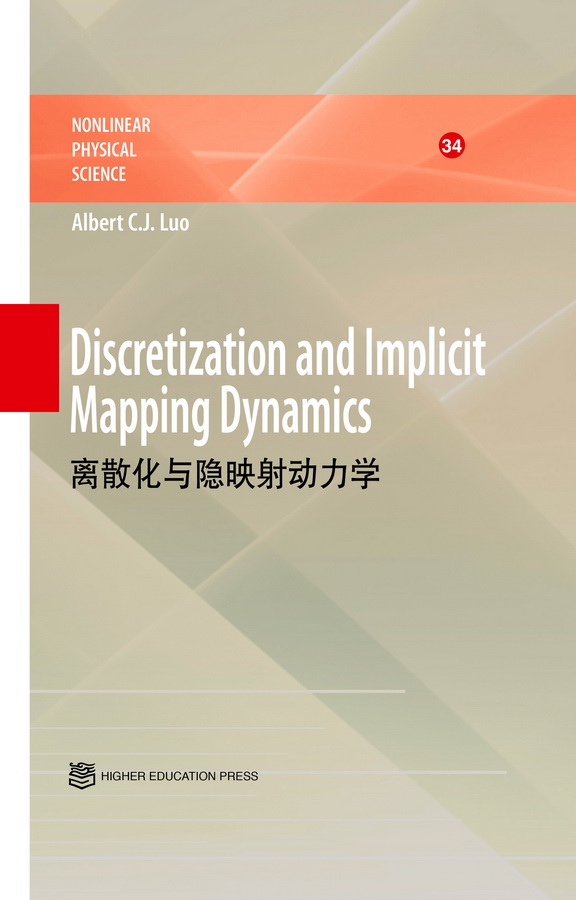准混沌冲击振子:重正化,符号动力学及运动迁移现象(英文版)
作者: J.H.Lowenstein
出版时间:2012-03
出版社:高等教育出版社
- 高等教育出版社
- 9787040322798
- 1版
- 227535
- 48266021-4
- 精装
- 16开
- 2012-03
- 230
- 215
- 理学
- 数学类
- O19
- 数学、物理
- 研究生及以上
《准混沌冲击振子:重正化符号动力学及运动迁移现象(英文版)》介绍了准混沌运动研究的最新进展,讨论了动力系统中有序运动与无序运动交界处的复杂的动力 学分支行为。准混沌运动是由具有自相似结构的稳定运动岛邻域附近运动轨迹的吸引性来刻画的,并且其相空间的位移是随时间的幂指数而渐近增加的。本专著全 面、系统、自成体系地研究了一维经典冲击振子模型,并以完美的形式展示了准混沌运动在物理学和数学上的规则性和复杂性。
《准混沌冲击振子:重正化符号动力学及运动迁移现象(英文版)》包含了目前文献中很多不曾涉及的新内容和新结果,它将激发物理学、应用数学的研究生和学者以及非线性动力学的专家对准混沌运动研究的极大兴趣,是一本难得的教科书或参考书。
John H. Lowenstein为纽约大学物理系教授,非线性动力系统领域知名科学家,长期专注于一维冲击振子的动力学行为研究并取得了丰硕的成果,其中包括:在低 维混沌和准混沌哈密顿系统中的运动迁移现象,区间及多边形分段等距自相似结构的数学理论。
前辅文
1 Introduction
1.1 Kicked oscillators
1.2 Poincar´e sections
1.3 Crystalline symmetry
1.4 Stochastic webs
1.5 Normal and anomalous diffusive behavior
1.6 The sawtooth web map
1.7 Renormalizability
1.8 Long-time asymptotics
1.9 Linking local and global behavior
1.10 Organization of the book
References
2 Renormalizability of the Local Map
2.1 Heuristic approach to renormalizability
2.1.1 Generalized rotations
2.1.2 Natural return map tree
2.1.3 Examples
2.2 Quadratic piecewise isometries
2.2.1 Arithmetic preliminaries
2.2.2 Domains
2.2.3 Geometric transformations on domains
2.2.4 Scaling sequences
2.2.5 Periodic orbits
2.2.6 Recursive tiling
2.2.7 Computer-assisted proofs
2.3 Three quadratic models.
2.3.1 Model I
2.3.2 Model II
2.3.3 Model III
2.4 Proof of renormalizability
2.5 Structure of the discontinuity set
2.5.1 Model I
2.5.2 Model III
2.6 More general renormalization
2.7 The p=7 model
References
3 Symbolic Dynamics
3.1 Symbolic representation of the residual set
3.1.1 Hierarchical symbol strings
3.1.2 Eventually periodic codes
3.1.3 Simplified codes for quadratic models
3.2 Dynamical updating of codes
3.3 Admissibility
3.3.1 Quadratic example
3.3.2 Models I, II, and III
3.3.3 Cubic example
3.4 Minimality
References
4 Dimensions and Measures
4.1 Hausdorff dimension and Hausdorff measure
4.2 Construction of the measure
4.3 Simplification for quadratic irrational l
4.4 A complicated example: Model II
4.5 Discontinuity set in Model III
4.6 Multifractal residual set of the p=7 model
4.7 Asymptotic factorization
4.8 Telescoping
4.9 Unique ergodicity for each S (i)
4.10 Multifractal spectrum of recurrence time dimensions
4.10.1 Auxiliary measures and dimensions
4.10.2 Simpler calculation of the recurrence time dimensions
4.10.3 Recurrence time spectrum for the p=7 model
References
5 Global Dynamics
5.1 Global expansivity
5.1.1 Lifting the return map rK(0)
5.1.2 Lifting the higher-level return maps
5.2 Long-time asymptotics
5.3 Quadratic examples
5.4 Cubic examples
5.4.1 Orbits in the (0;k;6¥) sectors
5.4.2 Numerical investigations
5.4.3 A non-expansive sector
5.4.4 Generic behavior
References
6 Transport
6.1 Probability calculation using recursive tiling
6.2 Ballistic transport in Model I
6.3 Subdiffusive transport in Model II
6.4 Diffusive transport in Model II
6.5 Superdiffusive transport in Model III
6.6 Discussion
References
7 Hamiltonian Round-Off
7.1 Vector field
7.2 Localization
7.3 Localization of the vector field and periodic orbits
7.4 Symbolic codes for walks
7.5 Construction of the probability distribution
7.6 Rotation number 1/5
7.6.1 Recursive tiling for the local map
7.6.2 Probability distribution P(x; t)
7.6.3 Fractal snowflakes
7.6.4 Substitution rules for lattice walks
7.6.5 Separating out an asymptotic walk
7.6.6 Asymptotic scaling
7.7 Model I
7.8 Model II
7.9 A conjecture
References
Appendix A Data Tables
A.1 Model I Data Tables, from Kouptsov et al. (2002).
A.1.1 Generating domain
A.1.2 Level-0 scaling sequence domains
A.1.3 Level-0 periodic domains
A.1.4 Miscellaneous periodic domains
A.2 Model II Data Tables, from Kouptsov et al. (2002)
A.2.1 Generating partition
A.2.2 Level-0 scaling domains, sequence A
A.2.3 Level-0 periodic domains, sequence A
A.2.4 Miscellaneous periodic domains, j > 10
A.2.5 Level-0 scaling domains, sequence B.
A.2.6 Level-0 periodic domains, sequence B.
A.2.7 Incidence matrices
A.3 Model III Data Tables, from Kouptsov et al. (2002)
A.3.1 Generating domain
A.3.2 Pre scaling level L = ¡1
A.3.3 Domains Dj(L) for even L.
A.3.4 Domains Dj(L) for odd L
A.3.5 Domains Pj(L) for all L
A.3.6 Tiling data
A.3.7 Section of the discontinuity set
A.4 Cubic Model Data Tables, from Lowenstein et al. (2004)
A.5 Inadmissibility Tables for Models II and III
References
Appendix B The Codometer
Index
Color Figure Index

